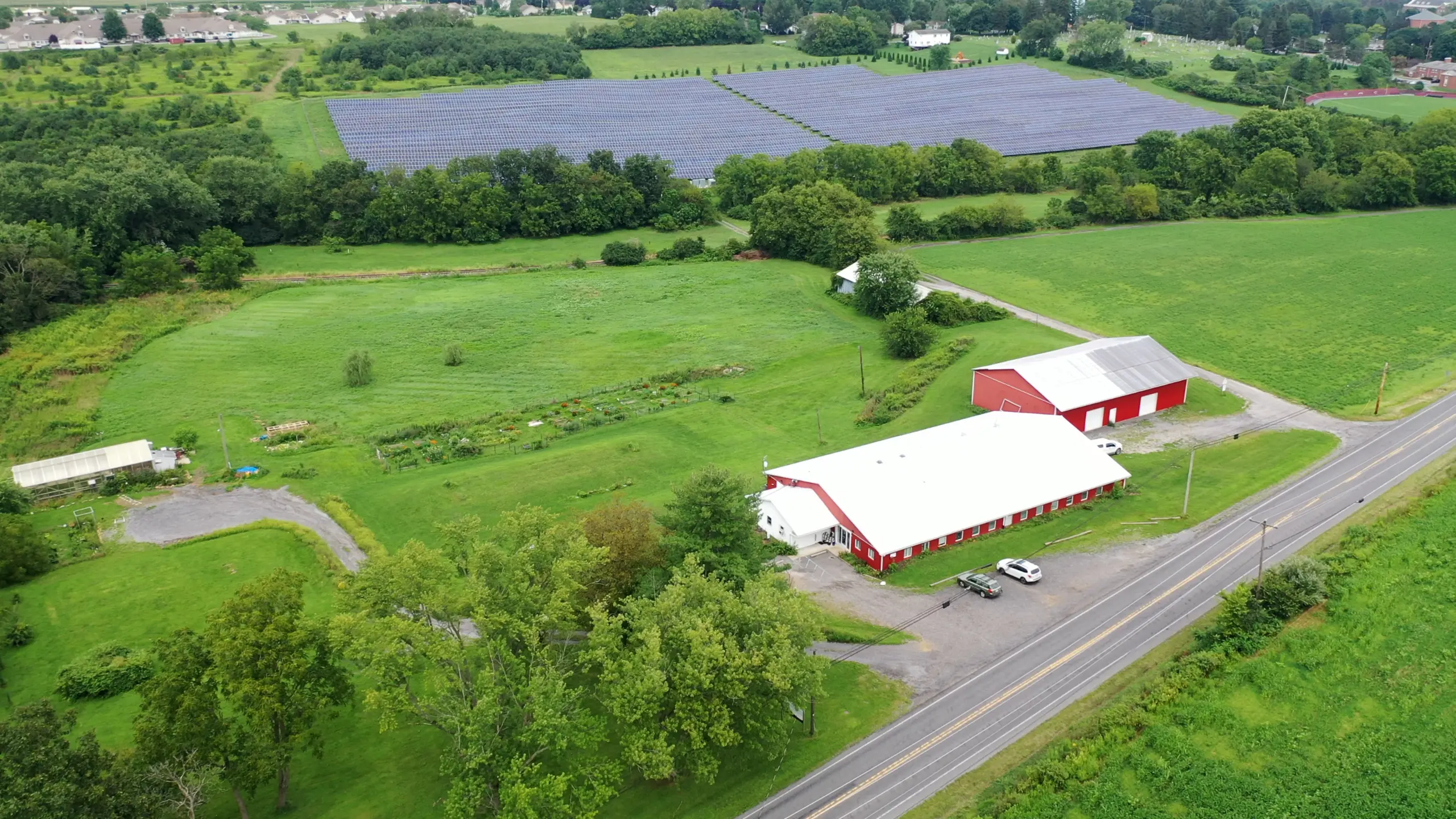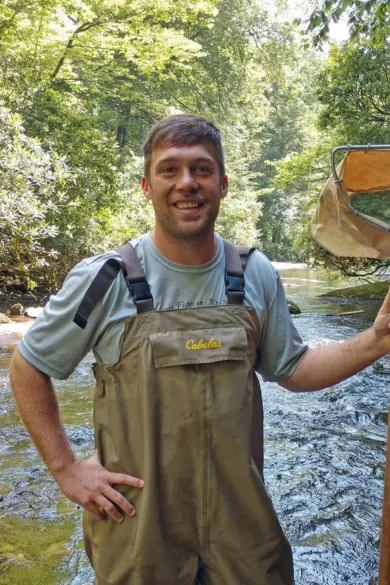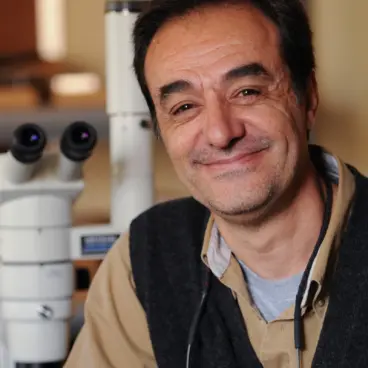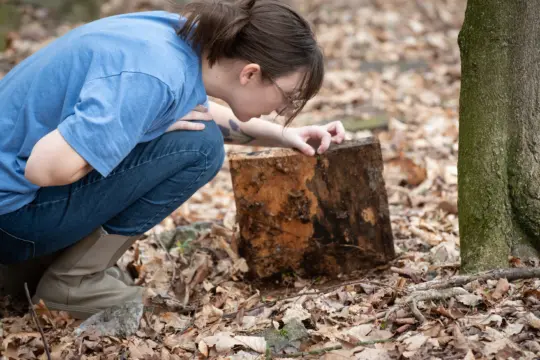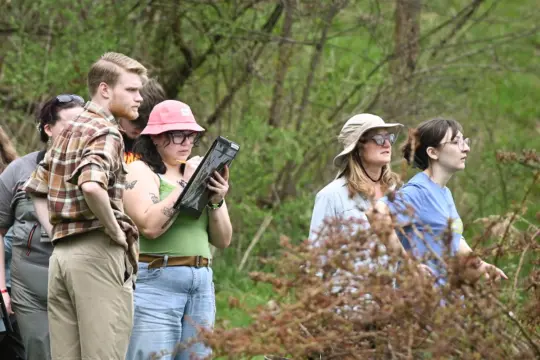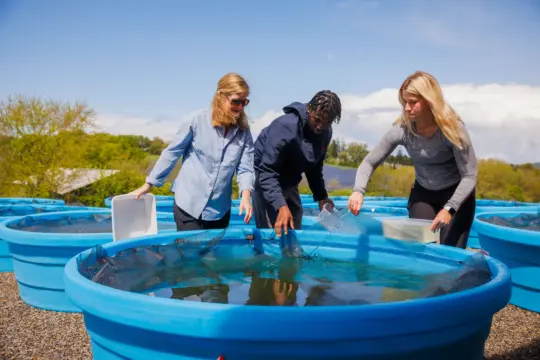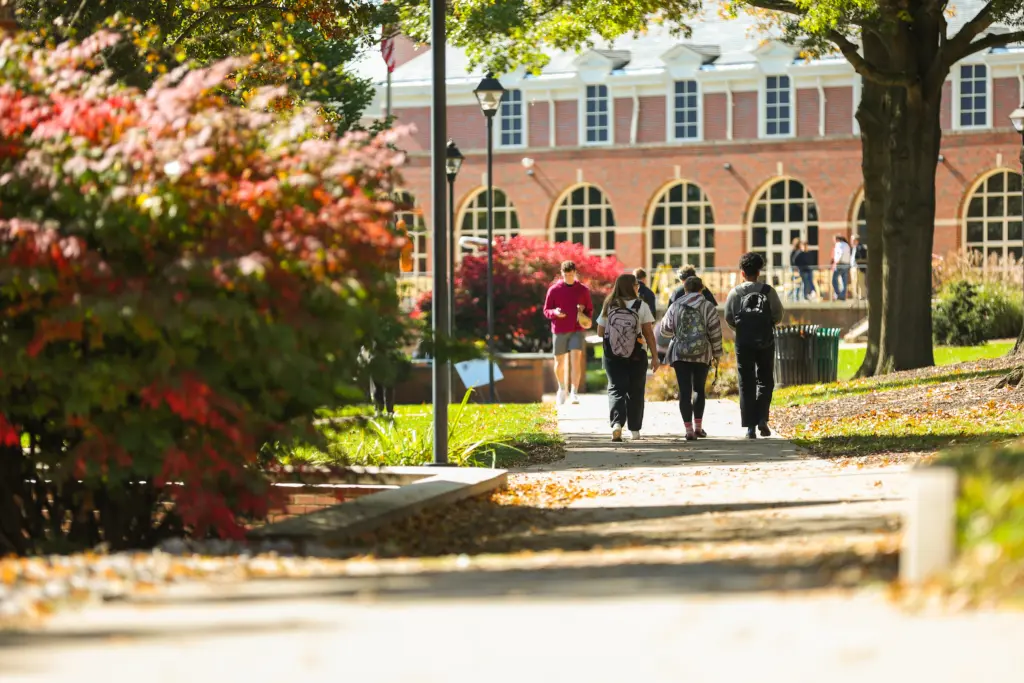Ecology
Preserving the planet’s most precious ecosystems.
HANDS-ON LEARNING IN SUSTAINABILITY
Get your hands dirty and help save the planet at Susquehanna’s Center for Environmental Education and Research (CEER). Home to honeybees, organic gardens and a flock of sweet sheep, CEER provides you a hands-on education like no other.
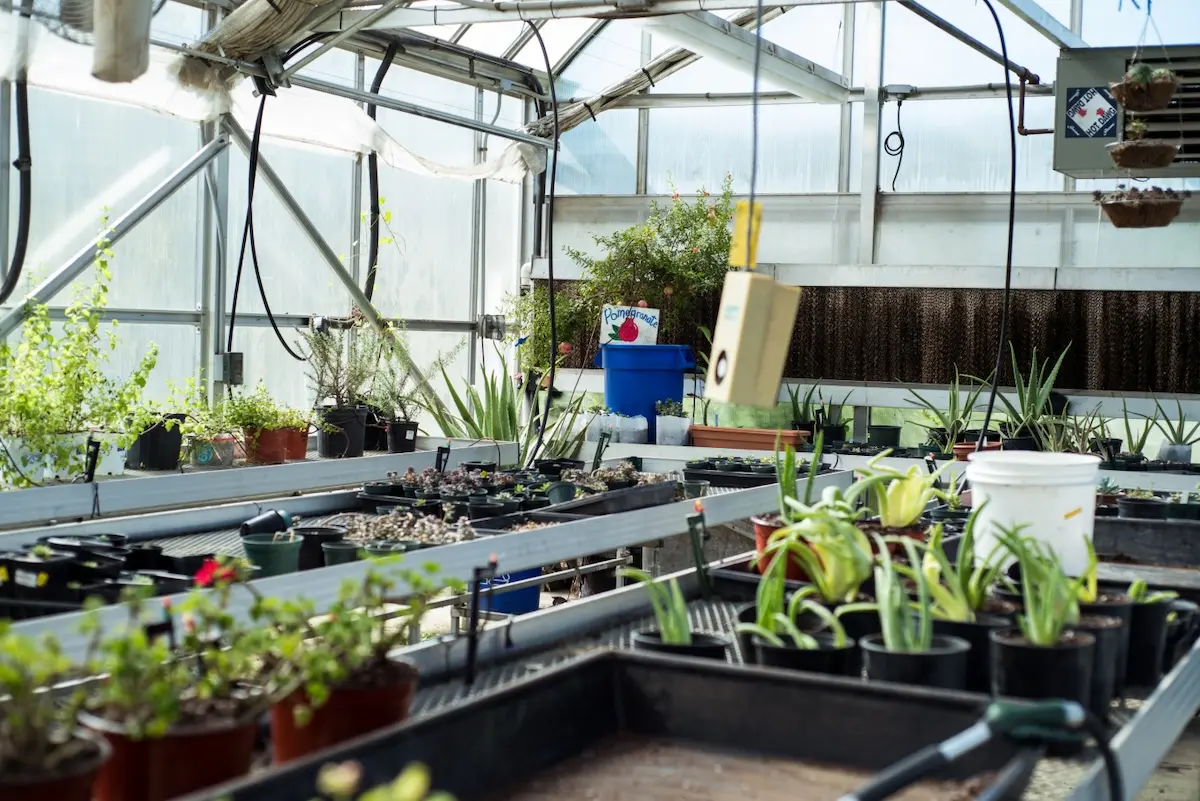
SUsquehanna By the Numbers
More Than Metrics
Where Passion Meets Purpose
Straight from the Nest
“Susquehanna’s focus on hands-on learning is important to me, because it allows you to practice skills you’ll use in future careers. The faculty is very engaged with students, teaching skills hands-on while you’re learning them. I was fortunate to travel to Costa Rica with the ecology faculty, learning specific field skills and having experiences I would not have had at another university.”
— Michaela Rolecki ’25
“I didn’t realize how important undergraduate research is for students in STEM fields. But, having spent the last nine years in consulting work and graduate school, I now know how valuable my research training was at Susquehanna. I did research with faculty all three summers — an experience tough to replicate at larger universities where many more students vie for limited opportunities.”
— Sam Silknetter ’14 M.S.
which environmental degree should I choose?
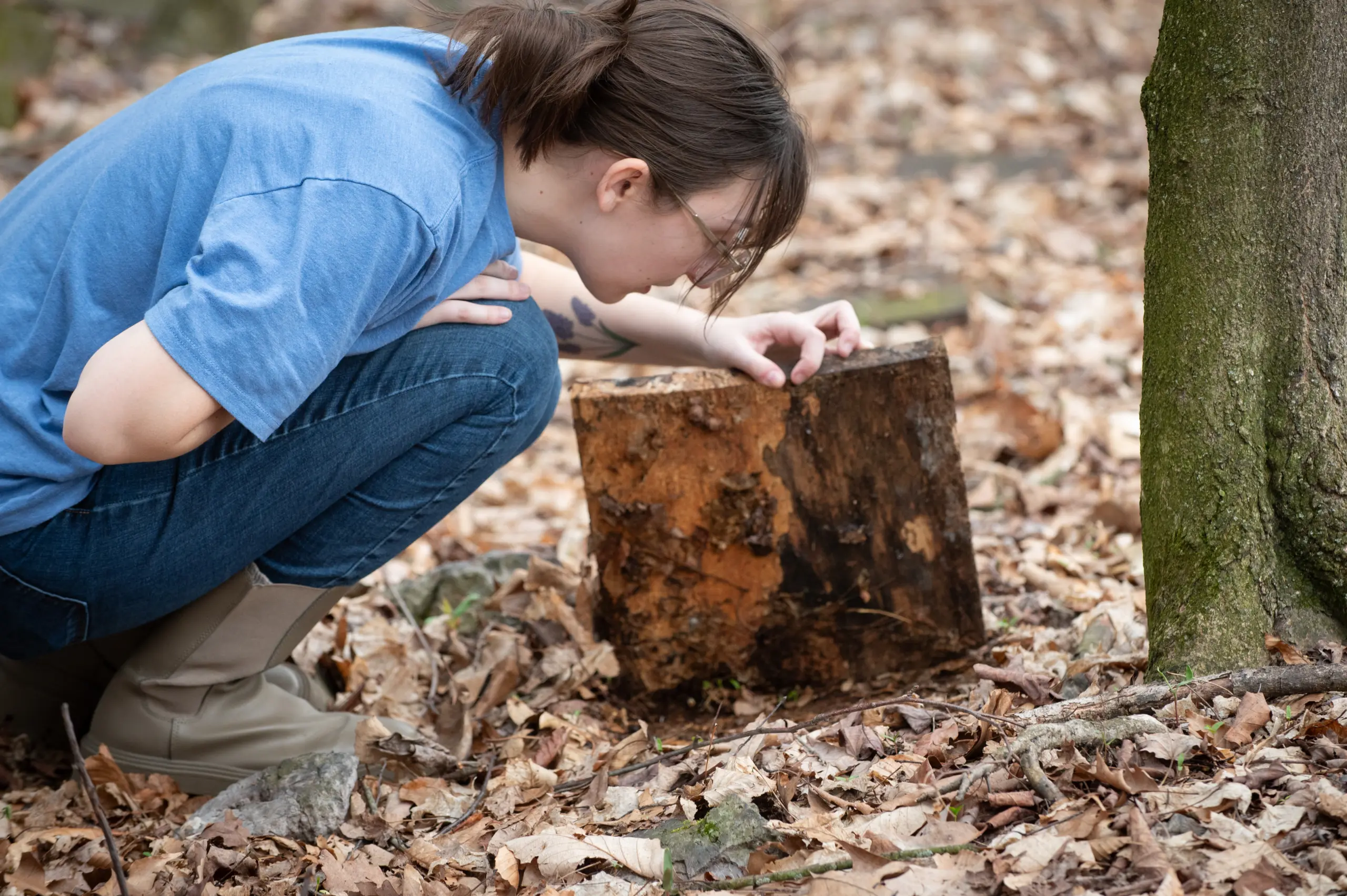
Earth & Environmental Sciences
Earth & Environmental Sciences examines the natural components of our environment and how they impact living things. It’s the scientific study of water, rocks, air and soil, and their dynamic interactions. You’ll take courses in hydrology, geology, weather, soil science and more, with a lot of exciting hands-on field and lab work, culminating in a research collaboration with faculty.
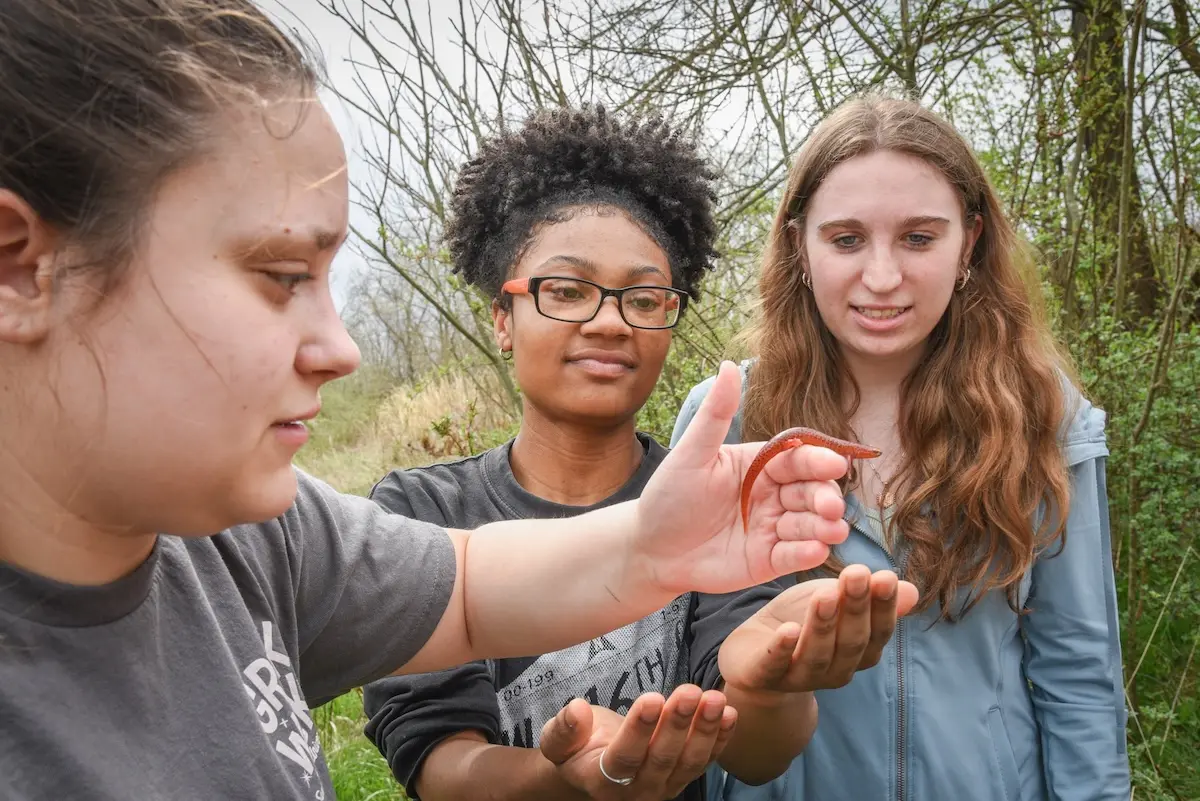
Ecology
Ecology is a branch of biology that examines how organisms interact with each other and their environment. You’ll take courses in biology and environmental sciences. Field and lab projects are an integral part of this major and every student completes a research project with faculty.
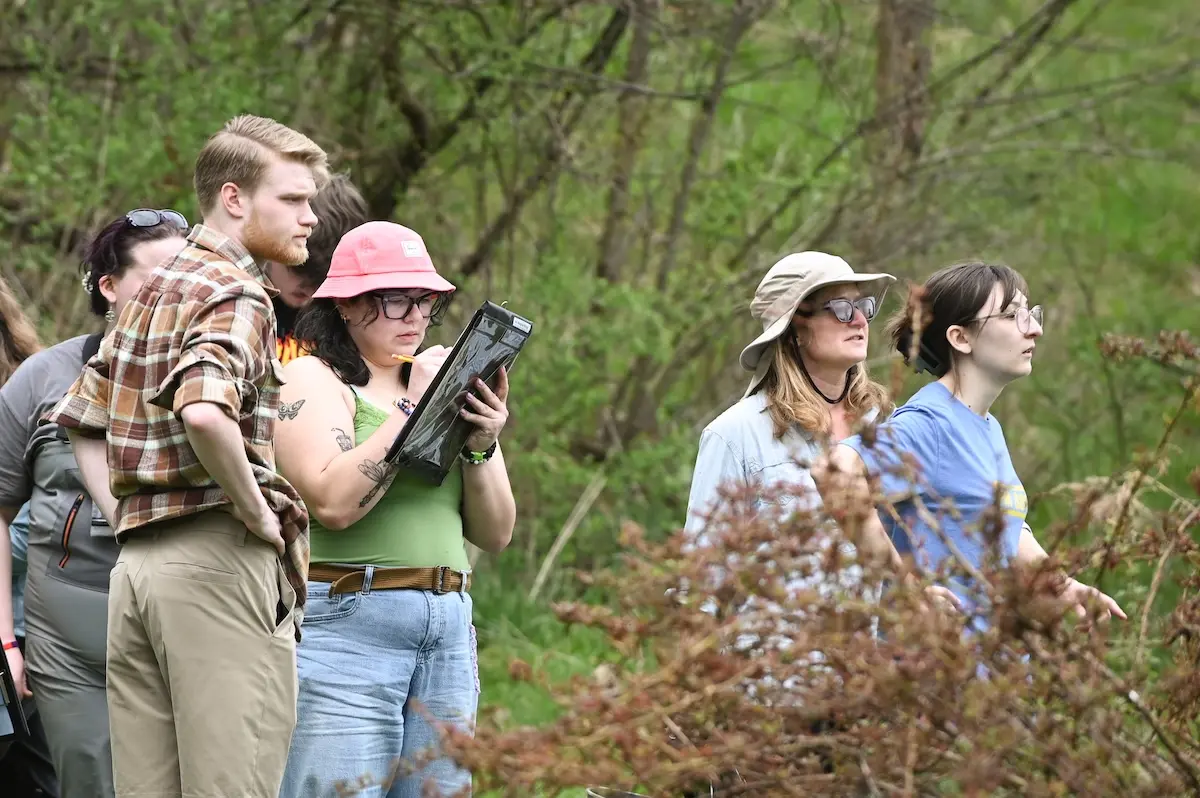
Environmental Studies
Environmental Studies is an interdisciplinary field that explores the complex relationship between humans and their environment. You’ll learn to address environmental challenges caused by humans, including climate change and environmental injustice. Courses include natural and social sciences, literature, religion, politics and business.
Explore Your Studies
Program Resources
- Natural resources manager
- Wildlife and fisheries officer
- Environmental consultant
- Field ecologist
- Environmental protection specialist
DIVE INTO SUSQUEHANNA’S FRESHWATER RESEARCH INSTITUTE
The Susquehanna River is a hidden gem teeming with life where you can study the local ecology. Grab your specimen jar, lab notebook and become a part of a summer crew that ensures this valuable resource will always be protected.
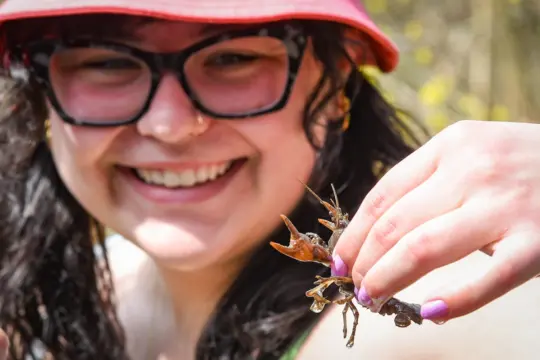
Center for Environmental Education & REsearch
ECOLOGY at the Ceer
Susquehanna University’s state-of-the-art Center for Environmental Education and Research (CEER) is the nexus of Susquehanna’s research and conservation efforts.
Students pursuing an ecology degree will engage in multiple unique learning experiences at the CEER including:
- Watching trail cameras for wildlife.
- Collecting spiders in different environments.
- Using plant plots they for succession.
- Conducting diversity studies.
- Participating in activities in the greenhouse.
- Working with Freshwater Research Institute and Chesapeake Staff to develop environmental education.
- Gain internship experience.
